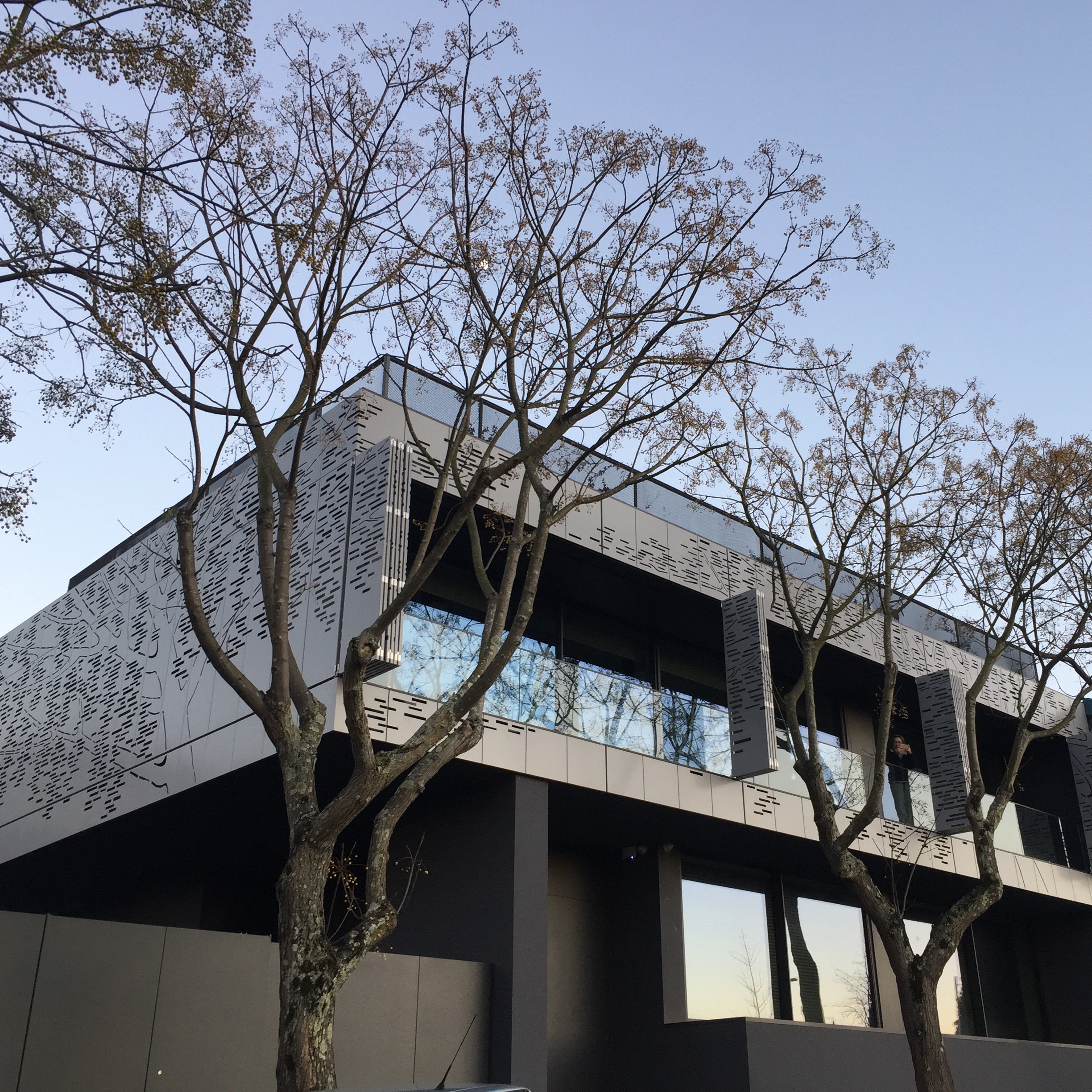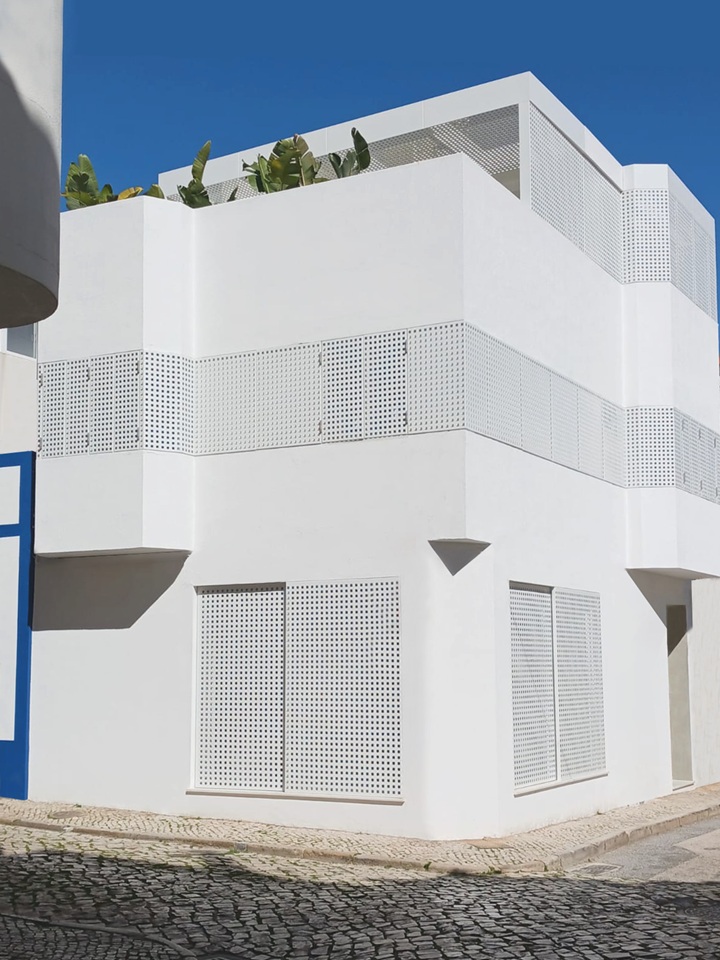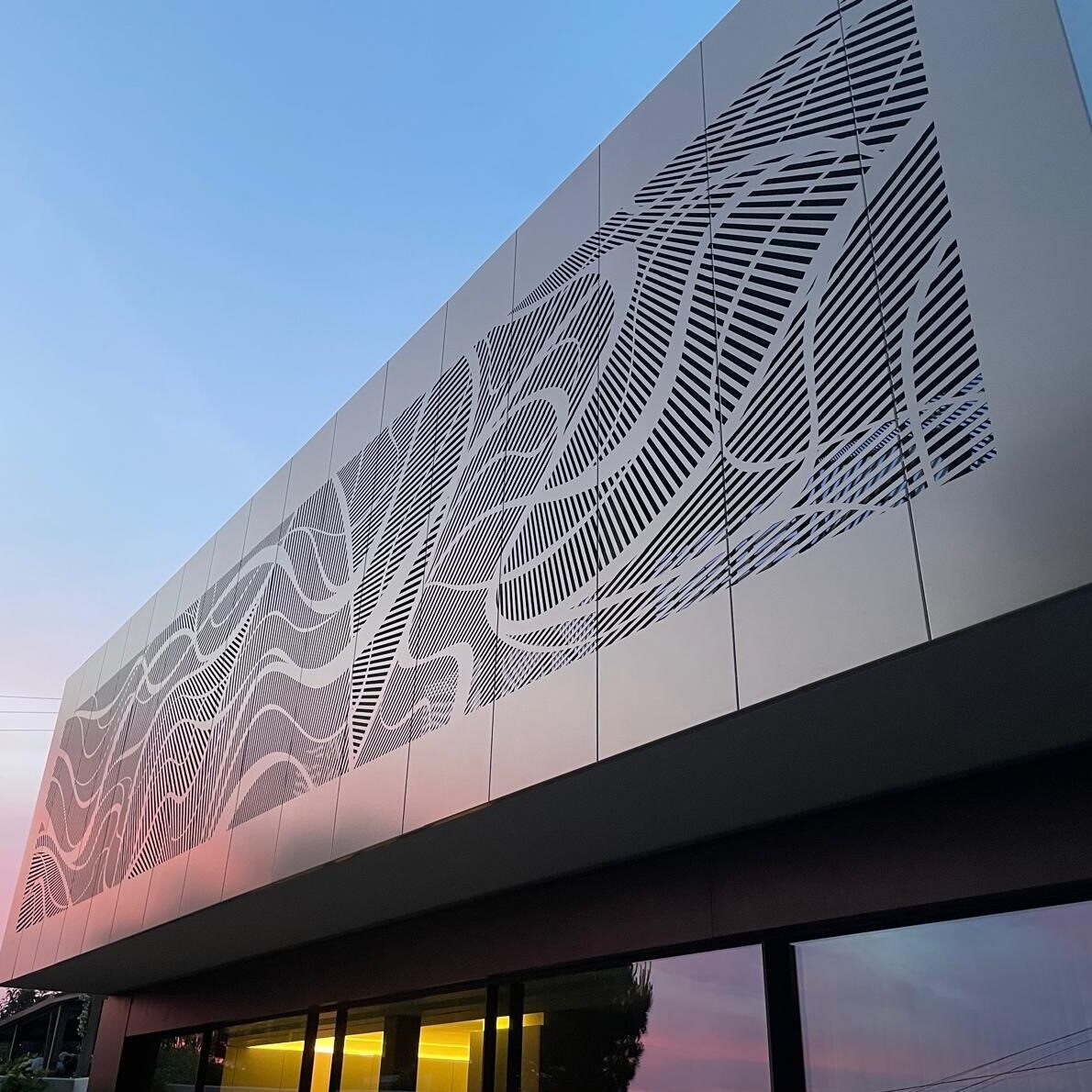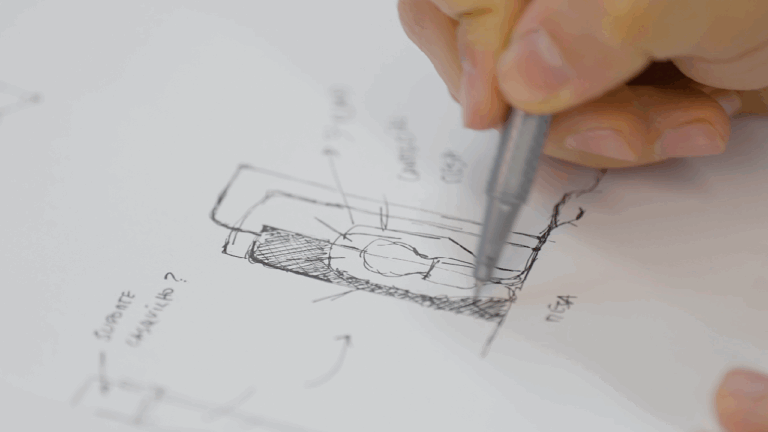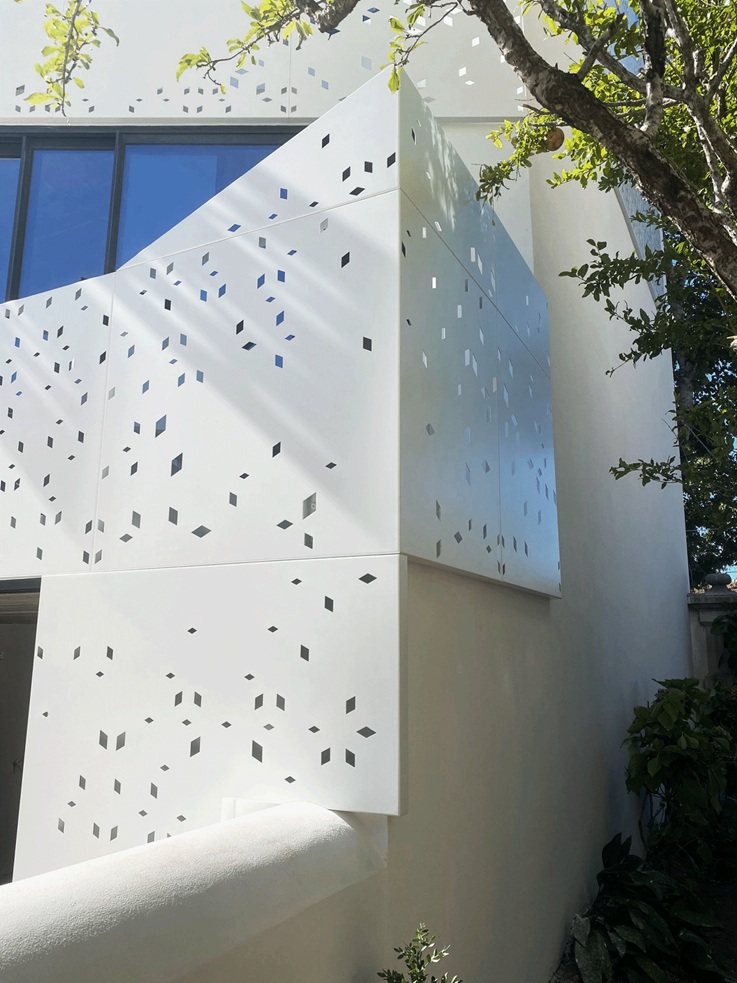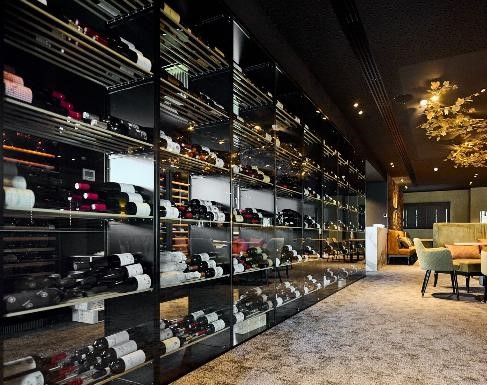The role of aluminum in building a sustainable future…
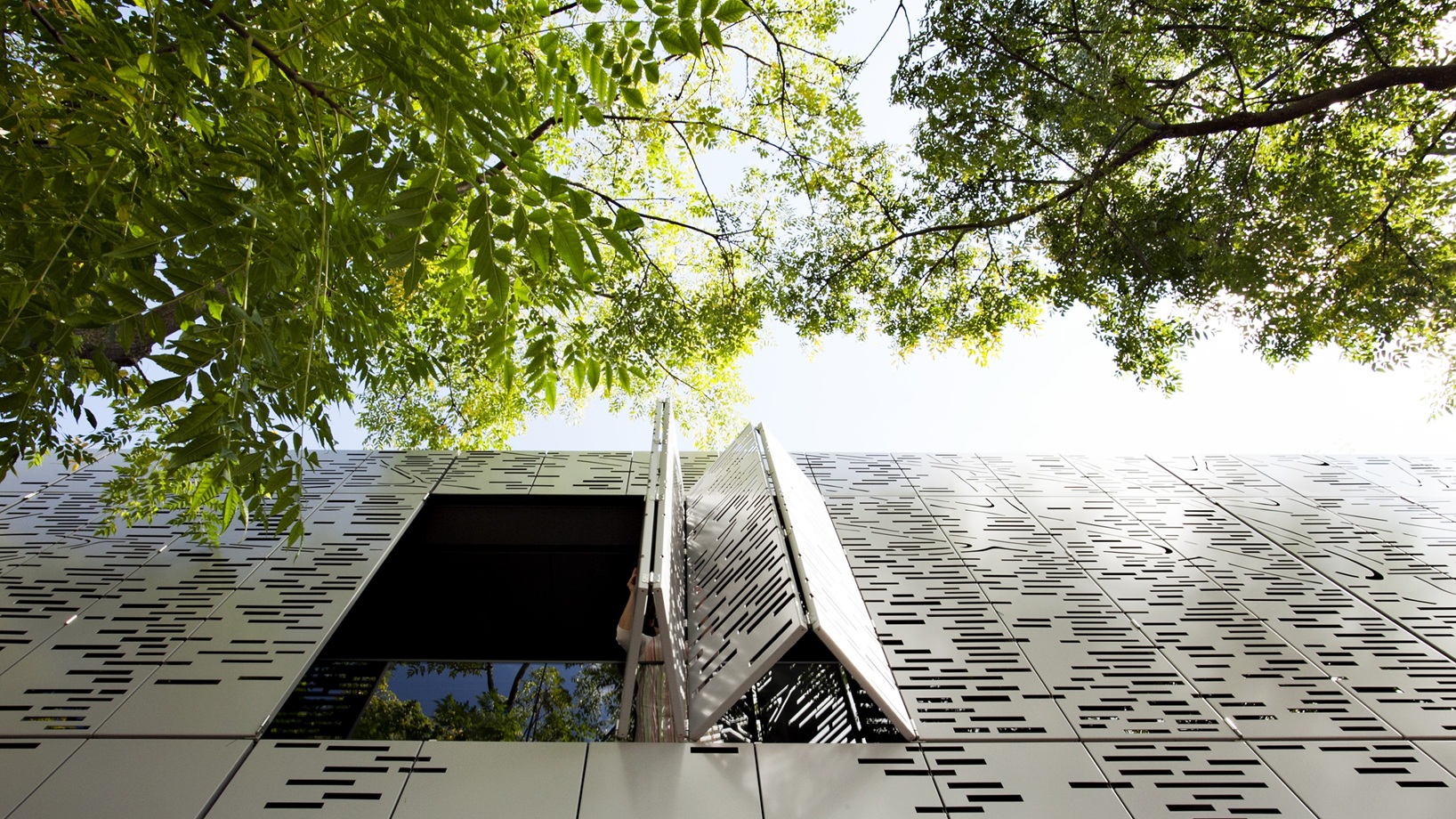
What does green building consist of?
Although there are many definitions surrounding the concept of green building, the USBCG – creator of the LEED certification system – believes that it essentially involves the planning, design, construction and operation of buildings with several central and primary considerations: energy use, water use, indoor environmental quality, materials section and the effects of the building on its site.
How can aluminium contribute to a project’s LEED certification?
Materials and resources
Aluminum is 100% recyclable and can therefore be recycled over and over again without losing its quality. Reusing aluminum saves up to 92% of the energy needed to produce primary aluminum.
(The aluminium association, 2015)
What’s more, as we mentioned in our last newsletter, aluminum is a material with a long lifespan and low need for maintenance and consumption of new materials.
Quality of the indoor environment
Fresh air, natural light and views are essential for the health and well-being of a building’s inhabitants.
Perforated and/or sliding façades can also make an excellent contribution to reducing the need for artificial lighting and the consequent energy consumption of a building.
